Beautiful national parks in South America
28.08.2019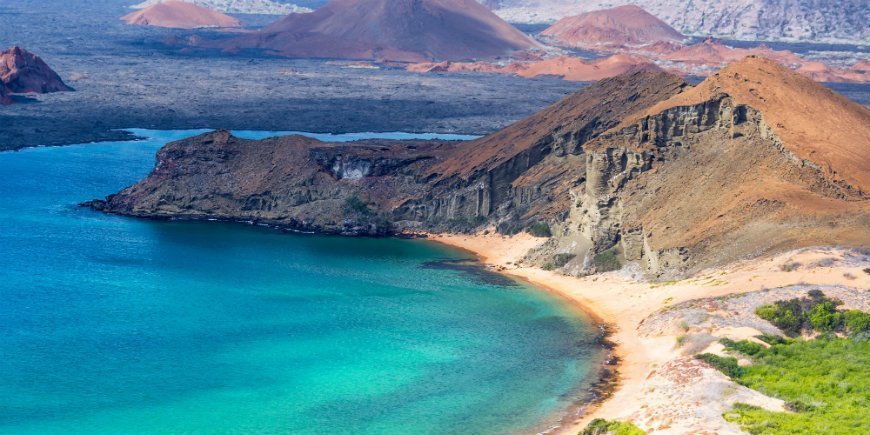
South America is home to a vast array of amazing national parks.
In them, you will find everything from magnificent glaciers, white sandy beaches, green jungles and stunning waterfalls to flocks of pink flamingos.
Whatever country you visit in South America, wonderful nature experiences await you!
Below are seven suggestions for beautiful national parks in South America that you can visit on your next holiday.
Los Glaciares National Park in Argentina
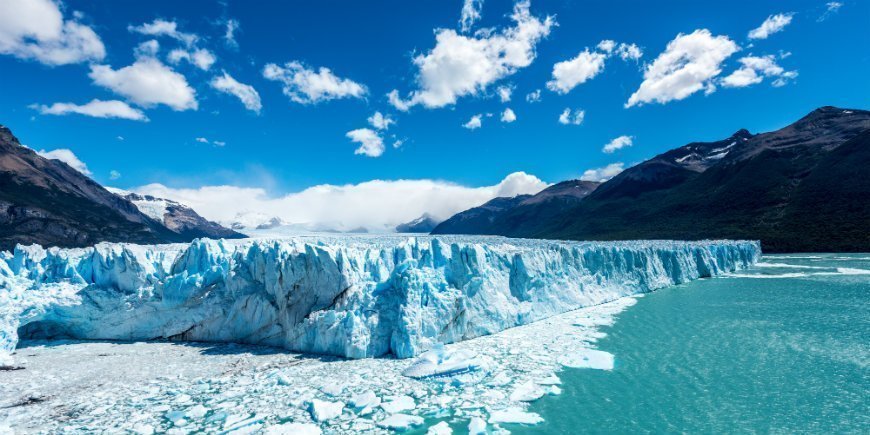
In Los Glaciares National Park, there are no fewer than 356 glaciers dominating the landscape. The most famous glacier is the Perito Moreno glacier, which extends five kilometres in the landscape and rises 60 metres above sea level.
You will often hear a loud crack from the ice of the glacier, which has detached itself and fallen into the turquoise waters.
There are several hiking routes and viewpoints in the park, which take you right up close to the glacier and give you a great view.
The glaciers come from an icecap that covers a large part of the park’s area. Three vast lakes have also emerged as a result of all the glaciers. The largest of them, Lago Argentino, covers an area of 1,466 km2 and is absolutely stunning. If you are lucky, you will see flamingos in the lake
Torres del Paine National Park in Chile
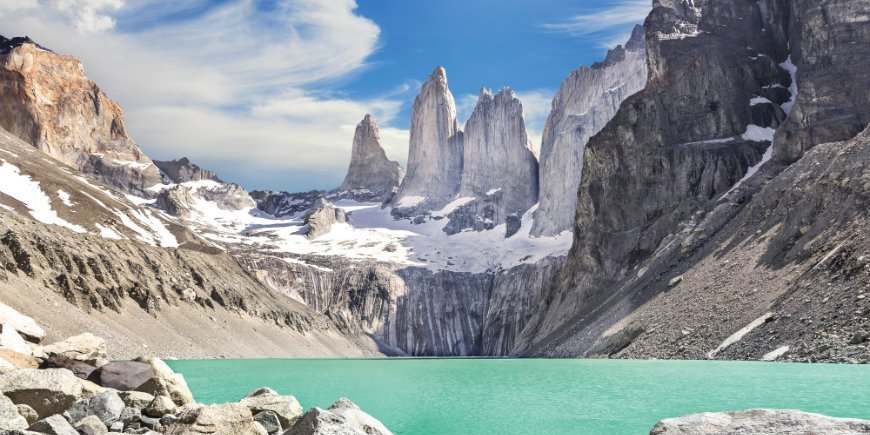
At the southernmost tip of the Andes Mountains lies Torres del Paine National Park.
The name of the national Park comes from the impressive “towers” that rise in the landscape.
Torres del Paine is a great place to hike due to the park’s stunning scenery and numerous unique views.
You will experience a beautiful mix of breathtaking forests, valleys, glaciers and roaring waterfalls –
not to mention abundant wildlife. You will see the huge condors soaring high above the park, or the grazing guanakos, a type of lama that is not as timid as other lamas. The park is also home to pumas, pink flamingos and many other animals.
Cotopaxi National Park in Ecuador
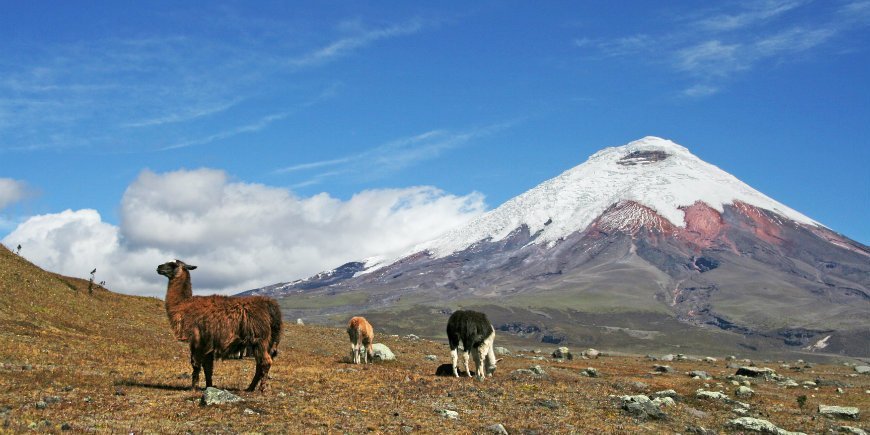
A few hours from Quito in Ecuador is Cotopaxi National Park, where you will discover Cotopaxi, a volcano rising majestically from the landscape. Cotopaxi is 5,897 metres high, making the volcano the second highest point in Ecuador, after Mount Chimborazo.
In Cotopaxi National Park, you can walk around the Limpiompungo Lake, a very scenic walk taking you through a unique landscape and showing you some of the area’s special flora and fauna.
The national park boasts a wealth of wildlife, and is home to bears, pumas, wolves, rabbits, wild horses, foxes and the massive condors soaring over the national park, to name but a few.
The opportunity also exists to experience Cotopaxi National Park on horseback, which is a very popular activity.
Tayrona National Park in Colombia
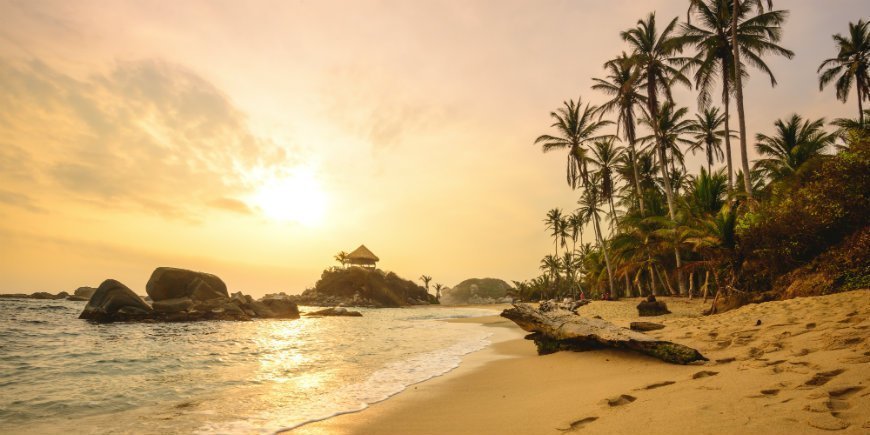
Tayrona National Park is one of the most scenic national parks in Colombia,
offering green jungle among other things. It is home to some amazing birds, and you may be lucky enough to spot the rare blue-billed curassow.
The national park also boasts beautiful beaches, however it is not possible to swim at all of them due to the powerful currents.
Go for a walk through the jungle and see exotic birds and perhaps some monkeys.
Around a 1½-hour walk from the entrance, you come to the stunning palm-lined beach, La Piscina, where you can take a refreshing dip.
If you walk for a further 30 minutes, you can visit the beaches of Cabo San Juan, which are definitely worth a visit. However, they are quite a way from the entrance of the national park, so if you’re on a day trip, you’ll have less time to enjoy the beach.
Tijuca National Park in Brazil
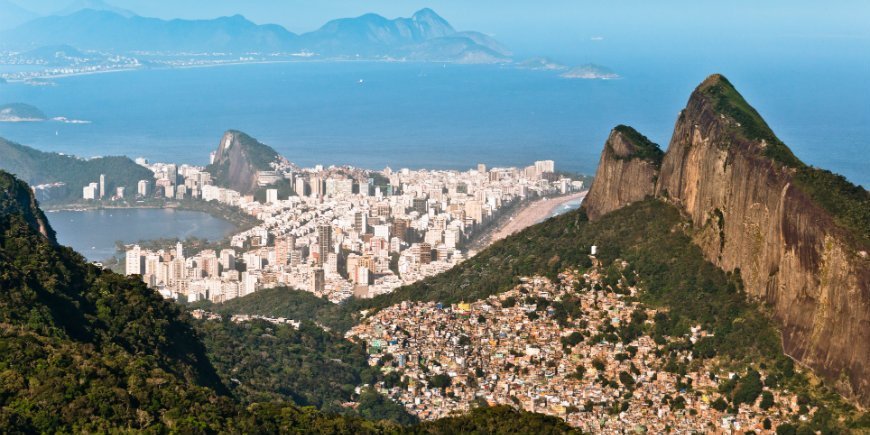
In the heart of Rio de Janeiro is Tijuca National Park, a green oasis for tourists on a city break in Rio. It is one of the largest urban forests in the world.
As you explore the park, you will pass roaring waterfalls and spot a host of animal and plant species.
The park’s highest area is 1,219 metres high, and you can reach it via a path that starts in Cascatinha Road in Alto da Boavista. It’s a good hike, which is perfectly doable even if you’re not used to hiking
The national park was created in 1861 by Pedro ll of Brazil to fight the deforestation that had taken place earlier. The area was previously used to grow sugar cane and coffee.
The rainforest may be “man-made”, but the park boasts fantastic biodiversity.
The Galapagos Islands in Ecuador
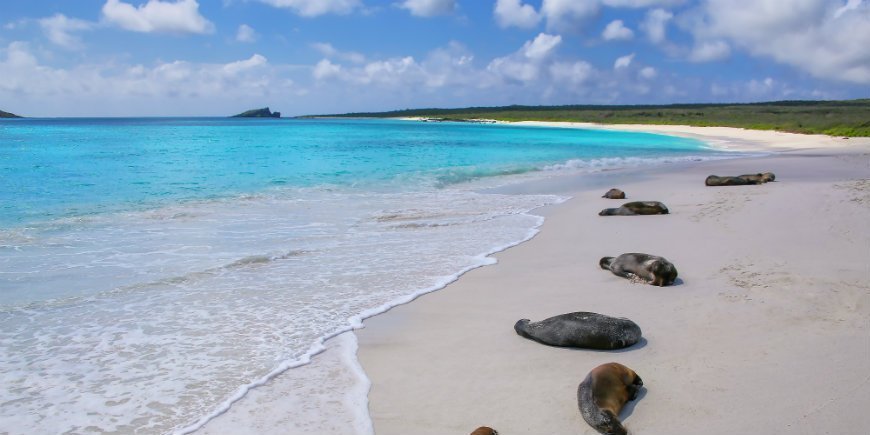
1,000 kilometres from the South American mainland, off the coast of Ecuador, lie the Galapagos islands.
On Galapagos, you can enjoy some of the most amazing natural experiences South America has to offer.
The islands consist of 13 larger and 6 smaller islands, as well as many smaller islets. The largest of the islands is Isabela, which is inhabited by penguins, pelicans, sea turtles, sea lions and the blue-footed booby. On Isabela, you will also encounter the island’s giant turtles, which can live up to the ripe old age of 150!
Many of Galapagos’ animal species do not live elsewhere in the world, making Galapagos’ ecosystem one of the most unique on the planet. You will, for example, find Darwin’s finches, which have become a symbol of Darwin’s evolutionary theory because they have adapted to and taken on traits of the islands they live on.
Another incredible thing about the wildlife is that the animals do not have an innate fear of humans, making it possible to get relatively close to the animals and enjoy some truly unique encounters with them.
An ideal way to explore the Galapagos Islands is on a cruise that sails you from island to island, as each and every one has something unique to offer.
Iguazú National Park in Argentina and Brazil
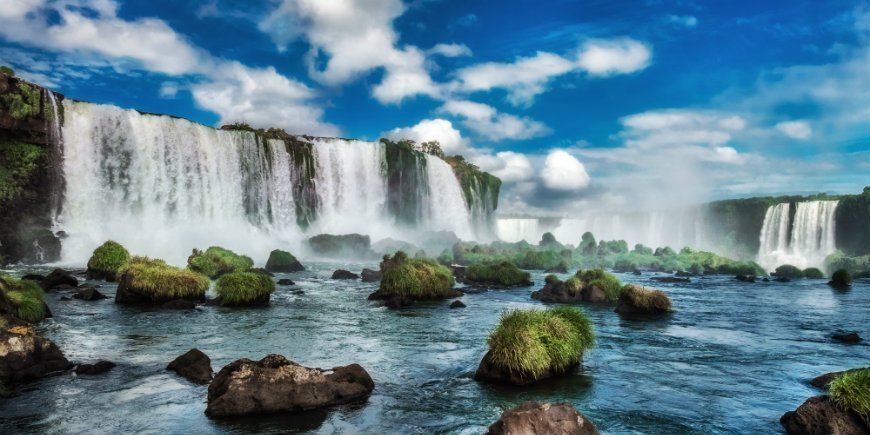
On the border between Argentina and Brazil lies Iguazú National Park, where you will see the huge Iguazú Falls.
The Iguazú Falls consist of 275 waterfalls stretching over 3 kilometres and are one of the most spectacular waterfalls in the world. At the Iguazú Falls, you come to different viewpoints, allowing you to see them from several angles. On the paths at the Falls, you may encounter the inquisitive little coati.
The Falls are surrounded by rainforest, where more than 2,000 different plant species grow, and tapirs, anteaters, ozelots (big cats), jaguars, caimans (related to the alligator) and many more animals live. The Falls form small clouds, helping to create good growth conditions for the forests of Iguazú National Park.
You can see the Iguazú Falls from both the Argentine side and the Brazilian side.
Want to experience South America’s national parks?
South America offers magnificent scenery regardless of which country you choose to visit.
If you would like to experience the jungles, glaciers and white sandy beaches of South America, then take a look at our tours and find your next dream holiday to Latin America.
TourCompass – From tourist to traveller
